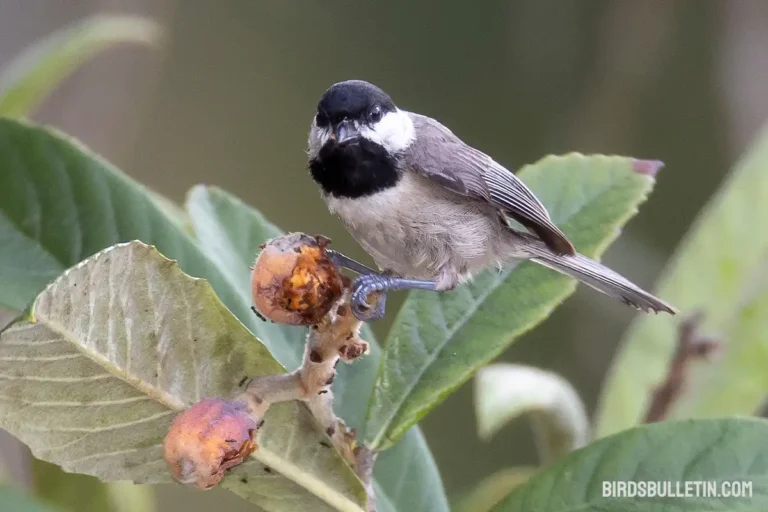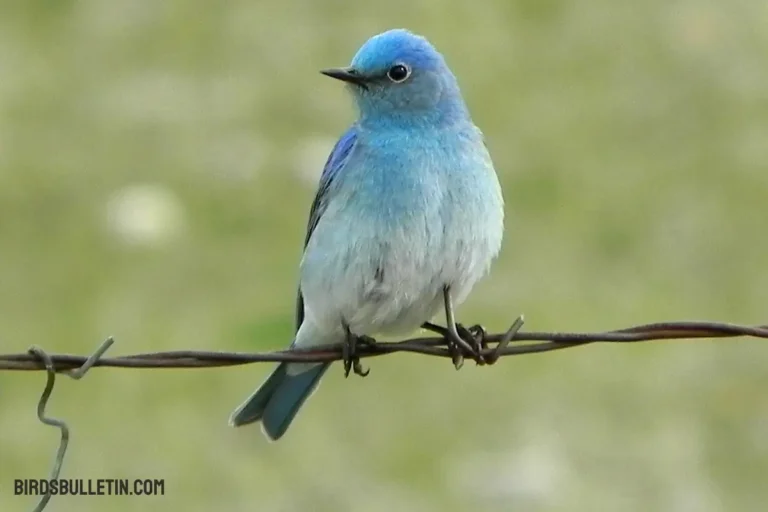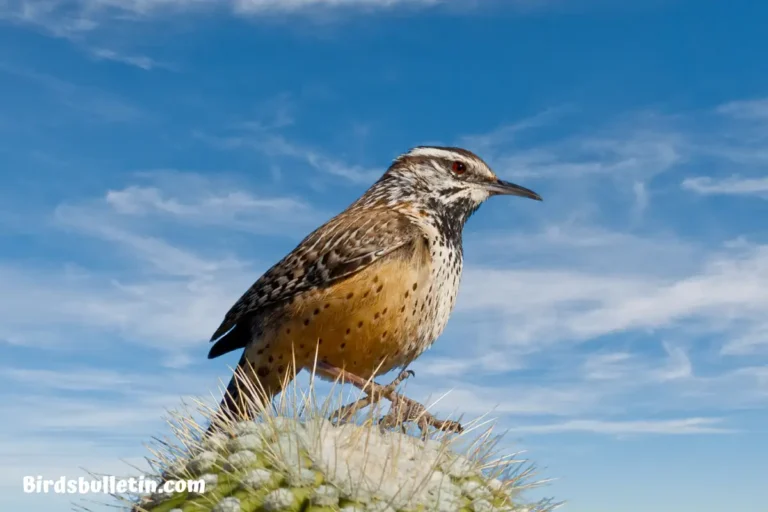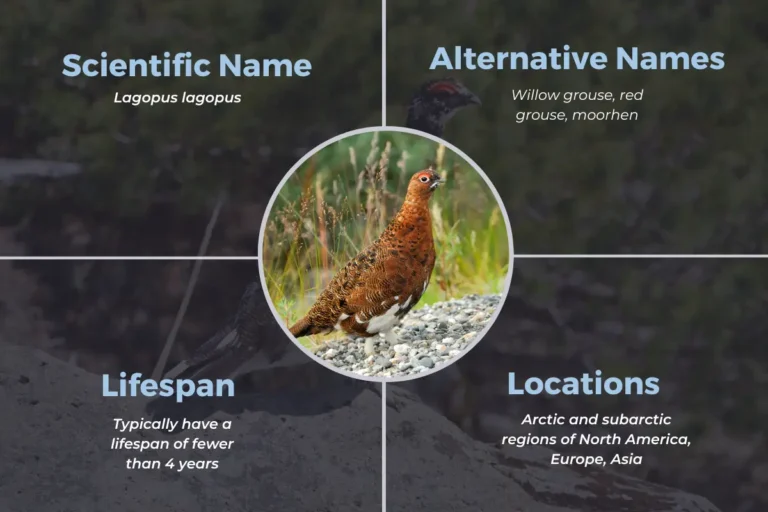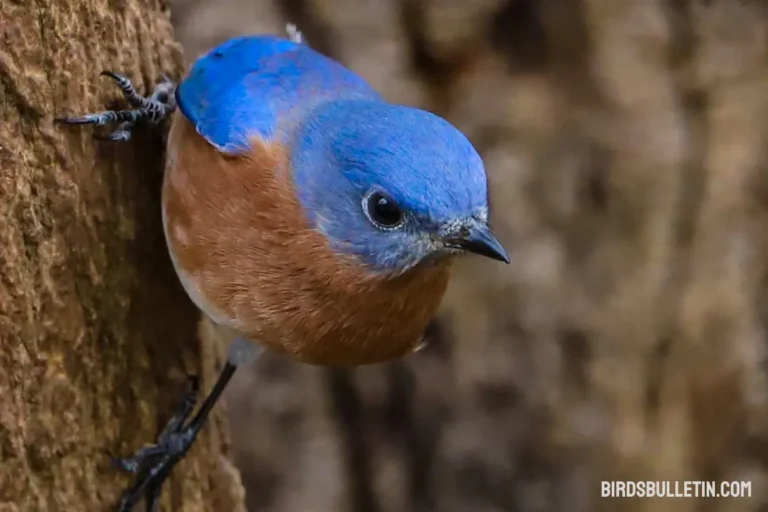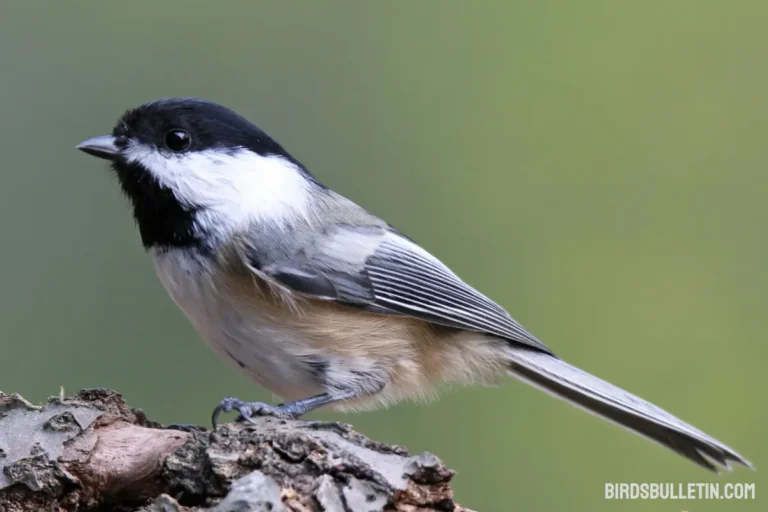Brown Thrasher: Subspecies And More
The brown thrasher, a melodious songbird of North America, attracts birdwatchers with its rufous plumage and elaborate songs. Widespread in the eastern and central U.S., this secretive bird inhabits shrubby areas.
While Brown Thrasher migrate south for winter, their populations face no major threats. Let’s find out more through the overview article below.
Interested in similar topics on birds overview:
What Is The Brown Thrasher?
The Brown Thrasher (Toxostoma rufum) is a medium-sized songbird found throughout the eastern and central United States. It is identifiable by its reddish-brown upperparts, heavily streaked underparts, bright yellow eyes, long tail, and strong legs. The bill is curved slightly downward and is dark on top with a lighter-colored bottom.
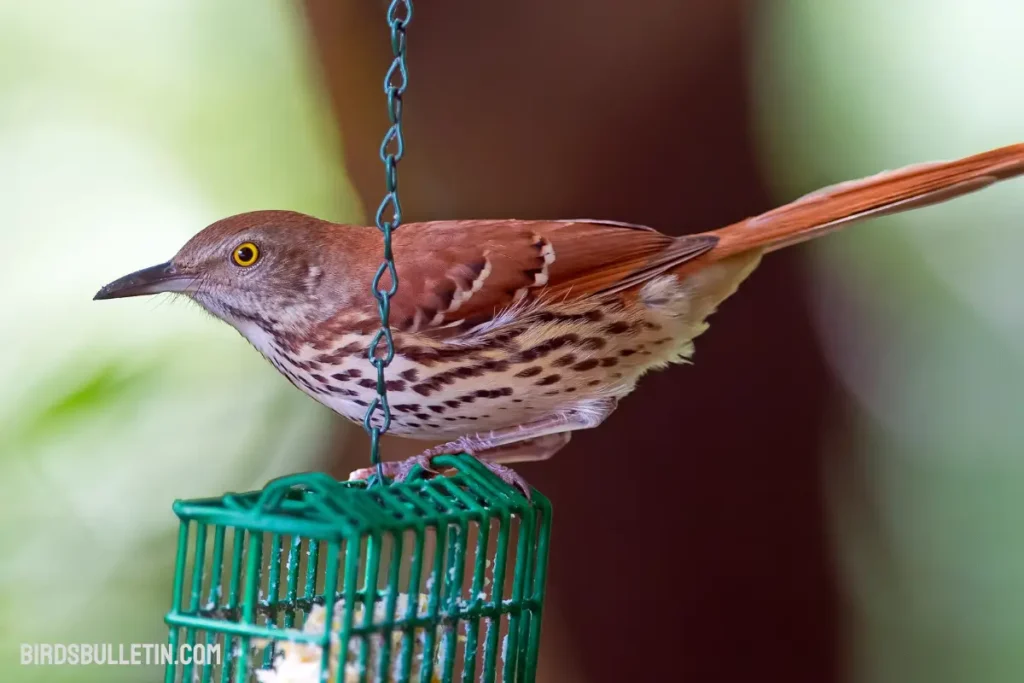
Brown Thrashers are not actually part of the thrasher family but are part of the Mimidae family along with mockingbirds and catbirds.
They get their name from their thrasher-like feeding behavior, where they toss leaf litter with their bills in search of food.
Brown Thrasher Profile
| Information | Description |
|---|---|
| Scientific Name | Toxostoma rufum |
| Alternative Names | Brown thrush, thrasher |
| Colors | Rich reddish-brown upperparts, heavily streaked underparts |
| Lifespan | In general, 3-5 years, longest-lived 12 years |
| Wingspan | 11-13 inches |
| Weight | On average 2.4 ounces |
| Size | 9.1-12 inches long |
| Diet | Insects, snails, seeds, berries, fruit |
| Breeding Season | Start from February to June |
| Lay Eggs | 3-5 eggs per clutch, 2-3 broods per season |
| Locations | Eastern and central U.S., southern Canada, Mexico |
| Threats | Habitat loss, increased predation, pesticides |
| Predators | Hawks, owls, snakes, cats, raccoons |
| Prey | Insects, snails, seeds, berries |
In Which U.S. States Is the Brown Thrasher the State Bird?
The Brown Thrasher is the state bird of Georgia. It was designated the state bird of Georgia in 1935.
In Georgia, this bird was chosen for its musical abilities and prominent presence across each state.
They are talented songbirds with large repertoires, making them aesthetically pleasing additions as state symbols. Their distribution covers the entire state of Georgia.
How Many Subspecies Of Brown Thrasher Exist?
There are two recognized subspecies of the brown thrasher:
01. The ‘Brown Thrasher’ (T. rufum rufum) resides in the eastern half of Canada and the United States. The brown thrasher subspecies T. rufum rufum is found over a larger range across the eastern and southern U.S. (Common Brown Thrasher)
02. The ‘Western Brown Thrasher’ (T. rufum longicauda) lives in the central United States east of the Rocky Mountains and southern central Canada. The western brown thrasher is distinguished from the brown thrasher by having more cinnamon-colored upperparts, whiter wing bars, and darker breast spots.
What Is the Population Status of The Brown Thrasher?
The Brown Thrasher has a wide range and large population size. According to the North American Breeding Bird Survey, there are approximately 6.2 million breeding individuals across the species’ range.
Trend data from 1966-2019 shows a population decrease of 0.93% annually over 53 years.
However, this Thrasher is still considered of least concern by the IUCN Red List due to its large range and stable population trend in over half its breeding range.
It is one of the more numerous and adaptable species of mimid songbirds in North America.
When And Where Does the Brown Thrasher Migrate?
The Brown Thrasher is a short- to medium-distance migrant across most of its range. Northern populations generally migrate farther distances than southern ones.
They leave their breeding grounds anywhere from mid-August to early November. Fall migration occurs at night and brings the birds to the southern United States, Mexico, and the Caribbean.
Most individuals arrive on their wintering grounds between September and November.
In spring, they migrate north again between mid-March and May. Spring migration occurs both during the day and night. Birds arrive back on breeding territories in the central and eastern U.S. anywhere from mid-March to early May.
What Behaviors Characterize The Brown Thrasher?
Brown thrashers exhibit some notable behaviors both in the non-breeding and breeding seasons:
Foraging: They toss around leaf litter searching for food and can leave disturbed areas full of flipped leaves. Their curved bill helps probe into the soil.
Territoriality: Males are highly territorial during the breeding season, defending areas up to 13 acres. They use wing-flicking and chasing to defend territory.
Singing: Males sing loud and complex songs from high perches for long periods starting at dawn. Each song is often repeated 3-6 times.
Nesting: They build a cup nest in bushes or dense shrubs, averaging 3-10 feet off the ground. The female builds the nest alone over 6-12 days.
Brood parasitism: About 40% of brown thrasher nests contain cowbird eggs. They sometimes abandon parasitized nests or bury cowbird eggs in additional nest lining.
How Does The Brown Thrasher Interact With Humans?
The brown thrasher has adapted well to some human presence and habitats:
- Readily uses forest edges, overgrown fields, hedgerows, and yards with shrubs.
- Attracted to leaf litter and brush piles if ample cover is nearby.
- Tolerates moderate urbanization if shrub cover persists. Densities were found to be higher along rural-suburban gradients than deep forest.
- Considered a nuisance species when they attack mirrored surfaces on cars or windows. Territorial males see their reflection as a rival.
- Featured in literature, poems, music, and other art for their secretive nature combined with beautiful plumage and songs. John James Audubon painted the brown thrasher.
What Conservation Issues Affect The Brown Thrasher?
Though still common, brown thrasher numbers have declined in some areas. Conservation issues include:
Habitat loss: Conversion of shrublands and forest edge habitats to agriculture, development, and pine plantations reduces breeding and foraging areas.
Increased predation: Fragmentation leads to more nest predation by animals like snakes, hawks, crows, raccoons, and cats.
Pesticide use: Can reduce food availability and contaminate birds. DDT caused eggshell thinning in the past.
Climate change: Projected increased droughts could dry vegetation and reduce insect food sources in the future.
Are Brown Thrashers Protected Under Any Laws?
The brown thrasher is protected in the U.S. under the Migratory Bird Treaty Act which prohibits harming or killing the birds, their nests, or eggs except under permit.
The species has no special conservation status but some state and local protections exist:
- State bird of Georgia and South Carolina, protected under state legislation
- Classified as a Species of Greatest Conservation Need in 12 states
- Protected from sale under the Lacey Act
- Listed as a Priority Species by Partners in Flight which identifies at-risk land birds
Frequently Ask Questions
01. How did the brown thrasher get its name?
The brown thrasher was named for its thrashing behavior as it tosses leaves while foraging for food on the ground. This energetic searching earned it the “thrasher” part of its name.
02. What sound does the brown thrasher make?
The song of the brown thrasher is very melodious with repeating phrases. It has an extensive repertoire of over 1,100 song types based on studies. Calls include sharp “chacks” and cat-like “meows.”
03. What do brown thrashers eat?
Brown thrashers are omnivorous, eating both plant and animal material. Their diet includes insects and other arthropods, snails, seeds, berries, and other fruits. They forage by flipping over ground litter to uncover food.
References:
- Cornell Lab of Ornithology. Brown Thrasher Overview. https://www.allaboutbirds.org/guide/Brown_Thrasher
- National Audubon Society. Brown Thrasher. https://www.audubon.org/field-guide/bird/brown-thrasher
- The Birds of North America. Brown Thrasher Life History. https://birdsna.org/Species-Account/bna/species/brnthr/
- Sibley, D. A. (2016). Sibley birds of North America. New York, NY: Alfred A. Knopf.
- Clement, P., Harris, A., & Davis, J. (2020). Finches and Sparrows: An Identification Guide. Princeton, NJ: Princeton University Press.


